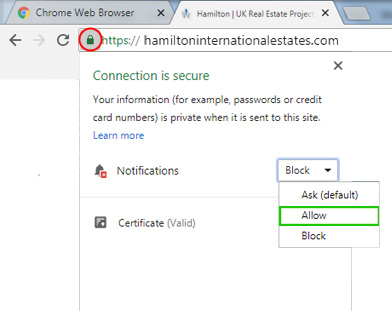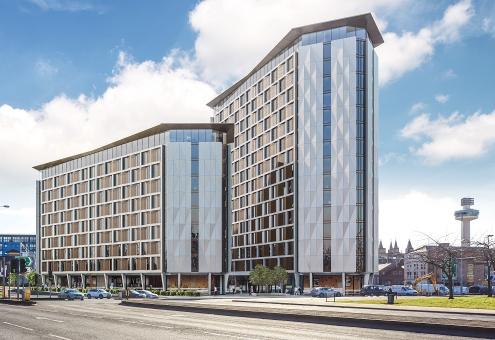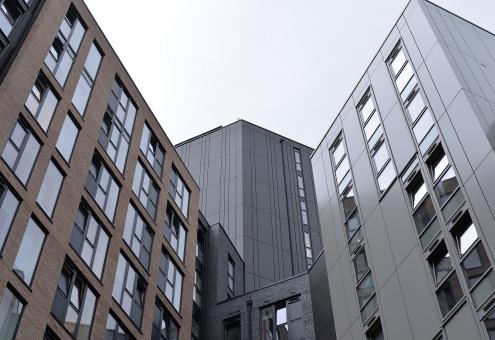Trends In Real Estate Markets in The UK And Other European Nations
14 Sep 2018
UK Real Estate Market
There has been a lot of pessimism in the UK due to a rise in rates and Brexit uncertainty; still, there are regions where the property market continues to grow. Subdued growth is expected in some regions where the North is set to rise at the highest rate.
Sluggish sales were reported in some of the markets in London, but there has been solid demand in Southwest England and Northern Ireland, according to RICS analysts Simon Rubinsohn.
RICS expects the rents to grow more than home prices. It forecasts the rise in rents at 3 per cent per annum for the next five years, whereas the prices will increase at 2 per cent per annum.
Impact Of New Taxations and Brexit
The property sector felt the pressure as the growth was 3 per cent in May compared to the forecast 3.5 per cent – which was the lowest since August 2013 – as per ONS data. Brexit has been a key reason for local investors to stay away from the London property market.
Investors are worried about the changes in the financial system, taxation and other regulation related to property transactions. Also, there are uncertainties regarding the impact on home prices in a post- Brexit phase.
In London, the number of first-time home buyers grew in the last month. The increase in property taxes, like a flat, made investors pay additional tax duty in the year compared to pre- 2014. The government recently introduced tax relief for first-time buyers, but the exemption is applicable for a house price greater than £300,000.
Some investors will benefit from the market lows as rents constantly increase, making them earn through rents. The RICS report claims the rent rise is expected to be up to 15 per cent by 2023.
Currency Worries
Speculative construction continues to dominate the EU real estate markets, whereas, in Paris, London and Munich, many high-priced new constructions target global investors. In addition, foreign buyers are making luxury deals in London as sterling slumped, while forex traders were concerned over the Brexit deal.
The rates got 13 per cent low since the referendum that started on June 23, 2016, and the investors and traders believed the volatility would persist till the end of March 2019. The volatility can be in the range of 10 per cent positive or 10 per cent negative. However, the Bank of England claimed on BBC in August that there is a greater chance of a no-deal situation.
Comparison With Other EU Markets
In Europe, other residential properties grew in the last few years, and London properties peaked during this time. The prices in Switzerland, Germany, Norway, and Austria grew by 20 to 50 per cent, while some regions reported more than 50 per cent growth.
The reasons for inconsistent growth are - unpredictability in the financial market, population rise, inflation, low construction activities, wage growth, and economic growth. In addition, price correction was reported in some of these countries in the past few months due to the improved supply of apartments.
To know more about Europe real estate and London properties, click Hamilton International Estates (www.hamiltoninternationalestates.com).
Categorised in: All News












